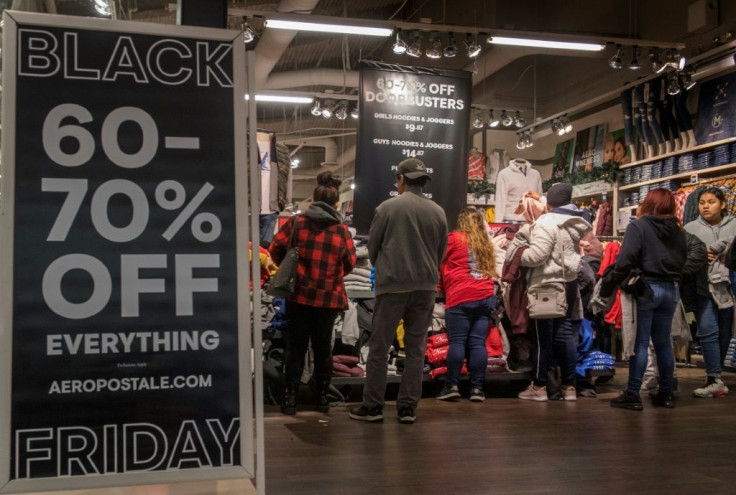As Holidays Start, US Consumer Spending, Incomes Rebound

US consumers had fatter wallets in November and spent more freely at the start of the all-important holiday shopping period, rebounding after an October scare, government data showed Friday.
Meanwhile, inflation remained tame in the world's largest economy, giving shoppers more purchasing power and reenforcing the Federal Reserve's decision this month to leave benchmark interest rates unchanged.
While markedly slower than at the start of 2019, the latest Commerce Department data should support GDP growth in the final quarter of the year, as the recession fears of late summer continue to fade.
Low unemployment and steady wage gains help the working public maintain spending on retail goods and services, which accounts for the lion's share of US economic activity.
October had been a different story: when adjusted for inflation, disposable incomes fell that month by 0.2 percent -- their first decline in more than two years. But November more than erased that loss, posting a 0.4 percent increase instead.
Inflation-adjusted spending also ticked higher, rising 0.3 percent after slowing for much of 2019.
Along with the housing sector, consumer spending is a bright spot in the US economy, helping prop up growth despite a manufacturing recession, falling exports, weak corporate spending and inventory growth.
Also on Friday, the Fed's preferred measure of inflation, known as the Personal Consumption Expenditures price index, held steady at a 0.2 percent increase compared to October, a notch slower than forecasts.
Excluding volatile food and fuel prices, the "core" index rose only 0.1 percent for the fourth month in a row.
Compared to November of last year, the index was a tenth of a point hotter at 1.5 percent, the highest level in seven months but still well below the Fed's two percent target.
Meanwhile, the core index slowed a notch to 1.6 percent as prices for durable goods like autos fell.
© Copyright AFP 2024. All rights reserved.





















